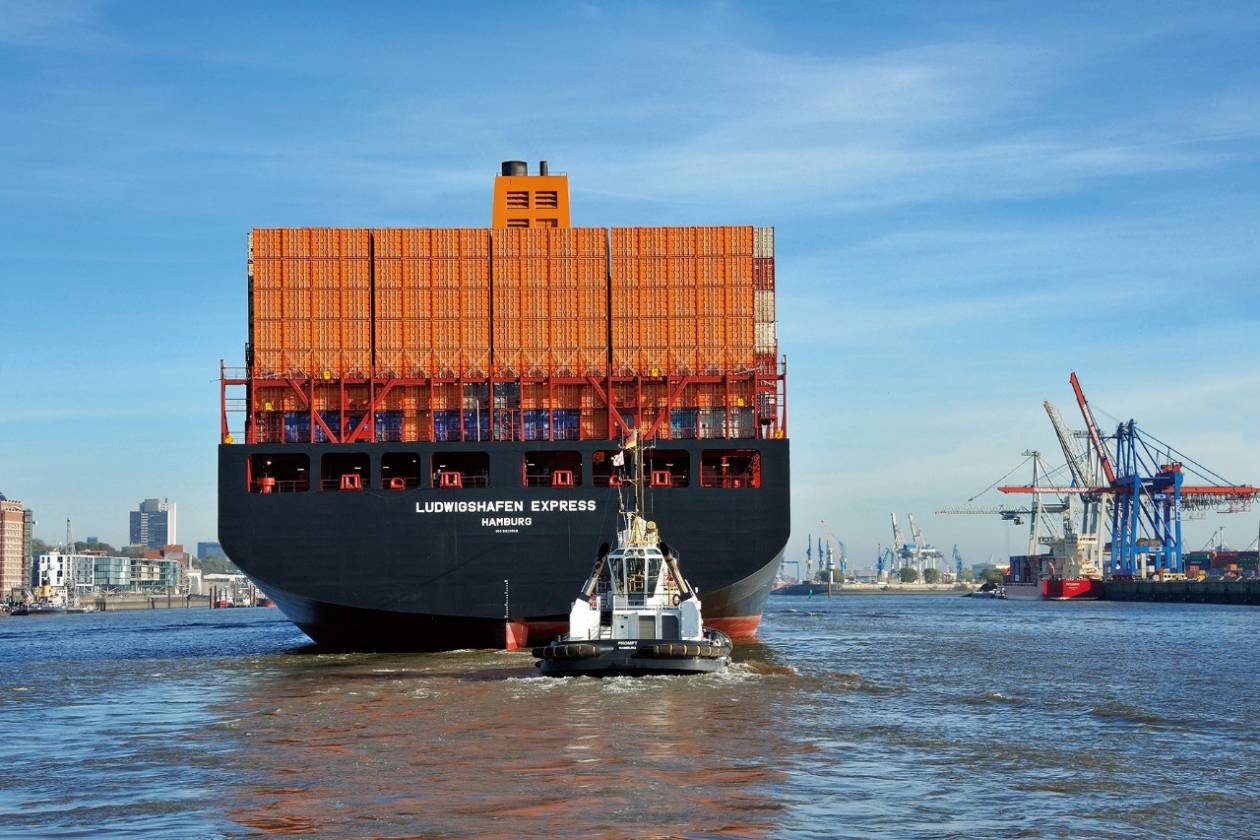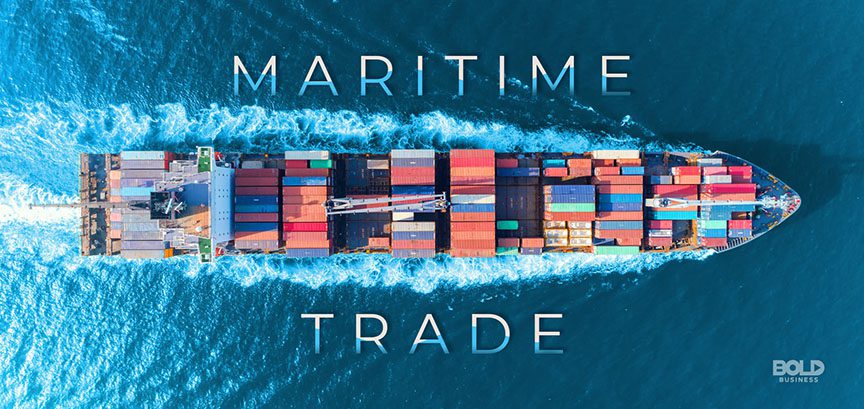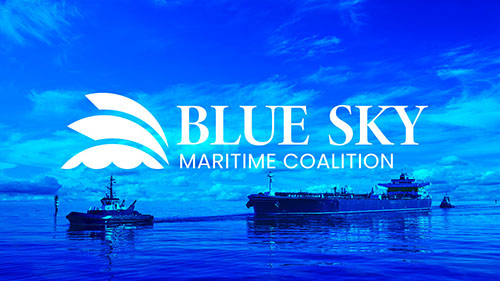1. Port and Terminal Information
1.1 Okpo Port operates 24/7, including holidays, but prior notice is required for after-hours operations (Source: Gyeongsangnam-do Port Authority).
1.2 Designated oil spill response equipment must be pre-arranged for tankers carrying hazardous cargo (IMO Resolution MEPC.86(44)).
1.3 STS (Ship-to-Ship) operations require 72-hour advance notice with complete documentation submission to Korea Coast Guard.
1.4 Maximum permissible draft at Okpo Main Terminal is 16.5m (Port Authority Notice No. 2023-12).
1.5 All vessels >10,000 GT must submit stowage plan 24 hours before arrival (Korea Maritime Transportation Safety Act Art. 32).
1.6 Terminal facilities include 8 berths with total quay length of 2,450m (Okpo Port Master Plan 2022).
1.7 Special handling required for project cargo exceeding 12m width (Port Operations Manual Section 4.8).
2. Navigation and Channel
2.1 Mandatory AIS transmission within 12nm of port entrance (Korea Maritime Safety Act Article 24-2).
2.2 Under-keel clearance must exceed 10% of maximum draft in main channel (Port Regulations Section 5.3).
2.3 No overtaking permitted in narrows between Dang-do and Geojedo Bridge (VTS Notice 2021-07).
2.4 Vessels >250m LOA must request special passage clearance during tidal currents exceeding 3 knots (Okpo VTS Circular 2022-05).
2.5 Navigation in fog (visibility <1nm) requires VTS approval and pilotage (IMO COLREG Rule 19).
2.6 Main channel depth maintained at -17m CD (Korean Hydrographic Survey Data 2024).
2.7 Vessels must maintain minimum 0.5nm separation in traffic separation scheme (COLREG Rule 10).
3. Anchorage Regulations
3.1 Emergency anchorage Area A (35°00.50’N 128°42.20’E) reserved for vessels >200m LOA.
3.2 Anchoring prohibited within 500m of submarine cables (Chart KM-127 Ed.2023).
3.3 Daylight-only anchoring permitted in western sector during typhoon season (June-September).
3.4 Anchorage holding ground: mud and sand with 3:1 scope minimum requirement (Admiralty Sailing Directions NP32).
3.5 Vessels at anchor must maintain continuous VHF watch on Ch.16 and 12 (SOLAS Ch.V Reg.12).
3.6 Anchorage areas B and C have maximum stay limit of 72 hours (Port Authority Notice 2023-15).
3.7 Vessels >300m LOA must use designated deep-water anchorage (35°01.20’N 128°41.80’E).
4. Cargo Operations
4.1 Steel coil loading requires certified twist locks with minimum 12-ton SWL (KR Classification Rules).
4.2 Bulk cargo moisture content exceeding TML must be retested at shipper’s expense (IMSBC Code 2023).
4.3 Container lashing plans must account for 2.5m maximum wave height during loading (OCIMF Guidelines).
4.4 Grain cargoes require fumigation certificate issued within 7 days of loading (Korea Quarantine Act Art. 14).
4.5 Heavy lifts (>100 tons) require prior stability calculation approval from port authorities (Port Operations Manual Ch.7).
4.6 Hazardous cargo manifests must be submitted in Korean and English (Korea Chemical Control Act).
4.7 Breakbulk cargo must be properly secured with dunnage approved by P&I surveyor.
5. Safety Management
5.1 Gangway nets mandatory when tide range exceeds 3m (OSHA 1915.73).
5.2 Hot work permits require gas-free certificate valid <4 hours (NFPA 306).
5.3 Emergency muster drills must be conducted within 12 hours of berthing (SOLAS Reg.III/19).
5.4 All mooring lines must be inspected for wear prior to berthing (OCIMF Mooring Equipment Guidelines).
5.5 Emergency towing wires must be rigged for vessels >20,000 GT during bunkering (Korea Port Regulations Art. 45).
5.6 Firefighting equipment must be tested within 24 hours of arrival (SOLAS Ch.II-2 Reg.10).
5.7 All safety barriers must be installed during cargo operations (ISM Code 7.3).
6. Environmental Compliance
6.1 0% tolerance for visible sheen during bunkering (MARPOL Annex I Reg.34).
6.2 Mandatory use of low-sulfur fuel (<0.10%) at berth (Korea Clean Air Policy Act).
6.3 Food waste discharge prohibited within 3nm of port (Act on Port State Control Art.16).
6.4 Ballast water exchange must be completed 200nm from nearest land (Korea Marine Environment Management Act).
6.5 Oily water separator 15ppm alarm must be tested before arrival (MARPOL Annex I Reg.14).
6.6 Plastic waste must be segregated and landed to approved facilities (MARPOL Annex V).
6.7 Exhaust gas cleaning system discharge water must meet pH limit of 6.0 (Korea ECA Regulations).
7. Crew Requirements
7.1 Port health clearance required if crew change occurred within 14 days (Quarantine Act Art.12).
7.2 Minimum 3 officers required on board during cargo operations (MLC 2006 Standard A2.3).
7.3 Shore leave restricted for vessels arriving from cholera-affected areas (WHO IHR 2005).
7.4 All crew must carry valid seafarer’s identity documents during port stays (Korea Immigration Act Art. 7).
7.5 Medical waste disposal requires prior arrangement with licensed contractor (Korea Waste Control Act).
7.6 Crew vaccinations must be up-to-date according to WHO requirements (Port Health Regulations).
7.7 Crew lists must include passport numbers and visa details (Korea Immigration Procedures).
8. Special Circumstances
8.1 Winter operations (Dec-Feb) require pre-heated mooring lines for vessels >20,000GT.
8.2 Naval exercise zones may cause sudden traffic restrictions (NOTAM updated weekly).
8.3 Real-time port updates available via VHF Ch.16/12 (Okpo VTS 24-hour service).
8.4 Typhoon contingency plans must be submitted when wind forecast exceeds Beaufort 7 (Port Emergency Regulations).
8.5 Special measures apply during G-20 summits or national security events (Korea Maritime Security Notice).
8.6 Tidal range can reach 3.5m during spring tides (Korean Hydrographic Data).
8.7 Vessels with dangerous goods must use designated berths (Port Dangerous Cargo Regulations).
9. Additional Operational Notes
9.1 Fresh water supply available at all berths with 48-hour advance notice (Port Services Tariff 2024).
9.2 Garbage disposal must use approved contractors with proper documentation (MARPOL Annex V).
9.3 Port security level changes will be broadcast via NAVTEX (ISPS Code Part A/8).
9.4 Ship repair services require prior approval from port state control (Korea Ship Safety Act).
9.5 All incidents (including near-misses) must be reported within 1 hour (Port Safety Management System).
9.6 Bunker sampling must be conducted according to ISO 13739 procedures.
9.7 Port formalities require original documents with company stamps (Korea Customs Regulations).
10. Emergency Procedures
10.1 Oil spill response plan must be compatible with Korea’s National Contingency Plan.
10.2 Emergency contact numbers must be posted on bridge and in engine room (ISM Code 8.2).
10.3 Life-saving appliances must be ready for immediate use during port stays (SOLAS Ch.III).
10.4 All officers must be familiar with port emergency signals (Port Safety Bulletin No. 5).
10.5 Medical evacuation procedures require prior coordination with port authorities.
11. Documentation Requirements
11.1 Original certificates must be available for PSC inspection (Korea Port State Control Manual).
11.2 Cargo documents must include HS codes for all commodities (Korea Customs Act).
11.3 Crew employment agreements must be available in Korean or English (MLC 2006).
11.4 Last port clearance certificate must be presented upon arrival.
11.5 Garbage record book must be signed by port reception facility operator.
12. Port Services
12.1 Pilot boarding position at 34°58.5’N 128°40.2’E (Admiralty Notice to Mariners).
12.2 Tug assistance is mandatory for vessels >150m LOA (Port Operations Rule 12.4).
12.3 Bunker suppliers must be approved by Korea Bunker Association.
12.4 Provisions delivery requires advance health clearance for fresh products.
12.5 Slop reception facilities available at Berth 5 with prior arrangement.





